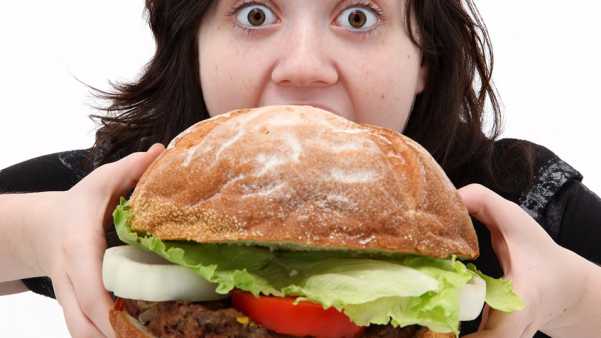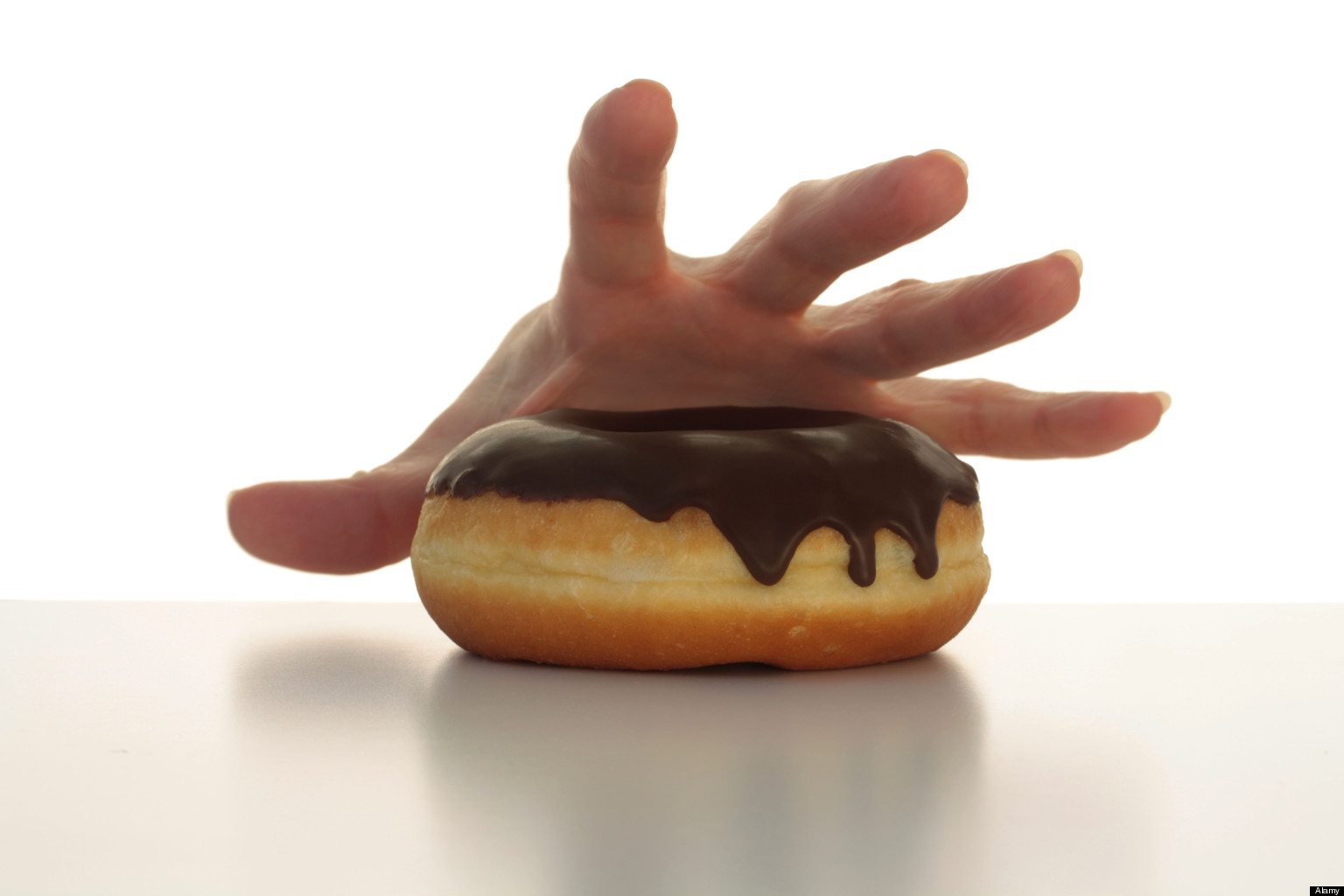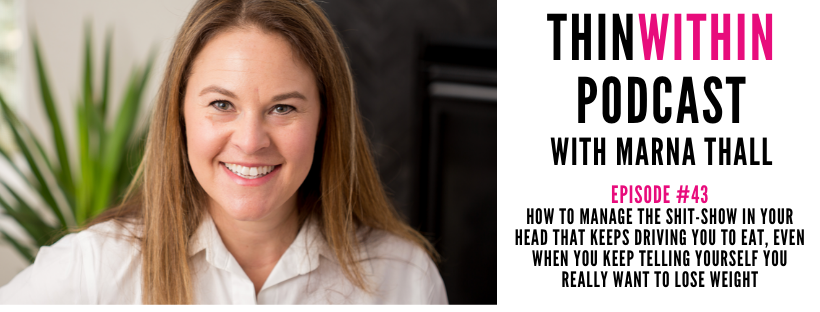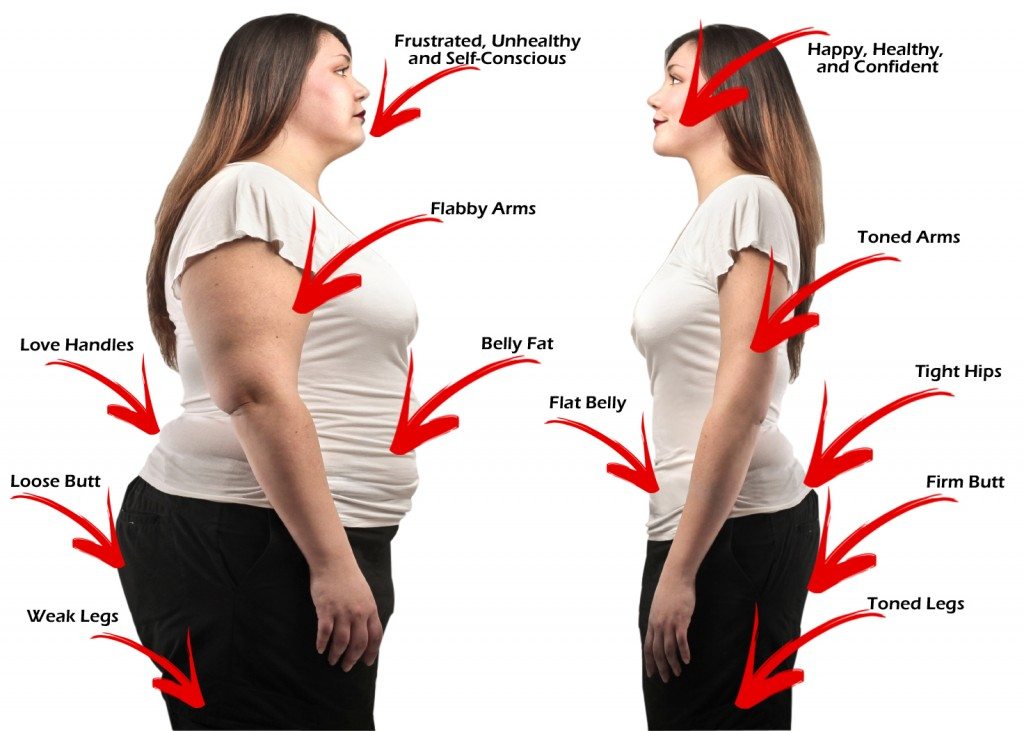What is Emotional Eating?
I define emotional eating as using food to soothe an emotional need over a physical need for food. In other words, emotional eating is using food to help you soothe an emotional need that helps by soothing you, comforting you and numbing out uncomfortable feelings.

After working with over 2,000 emotional eaters over the past 20 years, the most common reasons emotional eaters share with me that they turn to food is for comfort, to numb out their feelings, to nurture themselves and to deal with frustration and stress.
If you are an emotional eater, you are not alone. Many women who come to me to discover how to stop emotional eating, feel that their eating is due to lack of self-control. This most certainly is not the case. In fact, many emotional eaters are highly successful and have amazing self-control. Stopping emotional eating has everything to do with tuning to your emotions and discovering your true needs, versus dieting and self-control.
Why does emotional eating occur –
Emotional eating is quite complex, and like most other emotional symptoms, emotional eating may have numerous contributing factors rather than a single cause. It’s important to know there are both simple, and much more complex reasons you might be turning to food to manage your emotions.
Here are the four biggest emotional eating triggers:

1.Abuse
When I first began seeing clients, I was shocked by the sheer number of emotional eaters coming to see me who had undergone horrible physical, mental and sexual abuse. It quickly became obvious to me that there was a tight connection between abuse and emotional eating patterns.
As humans, our most important desire is safety, and when you are victimized, safety needs become much greater. Often times this need for safety is found in conjunction with food. Victims unconsciously begin creating an invisible barrier between them and their abuser. This allows victims a way to protect themselves and manage the abuse. Further, victims of abuse might turn toward emotional eating as a mechanism to help them cope and numb out from emotional pain.
2.Trauma
I used to fixate on food. In fact, it became my main source of pleasure. When I woke up I would daydream about what I could eat for breakfast, at breakfast I would think about lunch, and lunch I would fantasize about dinner. Food became my main pleasure.
The reason? When I was 12 years old, my mother was in a car accident and my dad fell from a ladder onto a candelabra point putting away a wedding (my family owned a flower shop when I was growing up). Suddenly my life shifted, and I began using food as a way to cope and deal with unexpressed feelings.
You too might have experienced a trauma such as a divorce, a death, or a trauma that rocked your world and left you to need a way to cope; and if you are like me, you found food as a way to deal with the jolt of trauma.
3.Your Brain
If you are an emotional eater there is a strong chance that you might also suffer from depression – as both involve your neurotransmitters, the substance that your brain uses to communicate messages with.
When you have normal levels of serotonin, the neurotransmitter linked most closely to satisfaction, you feel a generalized sense of emotional calm and well-being. In addition, studies have found that when you have normal levels of serotonin, you can easily feel emotional satisfaction and a sense of fullness after a meal.
Low levels of serotonin, on the other hand, can lead to depression and a tendency to binge on sweet and starchy foods. Studies indicate that lower levels of serotonin are related to binge eating, emotional eating, and depression in children and older females.
If you’ve been turning to food to calm, nurture and relax your mind, then you might be using food to boost your serotonin levels.
4.To Manage Feelings
Obviously, the biggest reason why people turn to food is to help manage their feelings.
If you aren’t very good at addressing your feelings, you might be using food to avoid conflict, manage stress and help you get through the demands of your day. There are numerous reasons why people turn to food including the need for comfort or pleasure or to avoid boredom and loneliness. Numbing out and stress eating are also two other big culprits. You can take the quiz to see precisely why you are turning to food.
Negative Effects of Emotional Eating
If you continue to turn to food to soothe and nurture yourself, you will only find yourself gaining weight, feeling self-conscious, ashamed and guilty. Yes, food will soothe you, but you will be left, just as I was, with a larger body, increased guilt and feeling isolated and ashamed of your growing waistline.
Emotional eating adds weight, and weight gain creates numerous medical, psychological and emotional challenges. According to Stanford Health Care, the most concerning physical weight gaining challenges including heart disease, type 2 diabetes and bone and joint disease. While the most significant emotional and psychological effects include feeling blamed and judged, the need to isolate, being seen as lazy or lacking willpower, along with sometimes even being paid less or difficulties with attracting a romantic partner along with negative bias and discrimination.
How to Solve Emotional Eating
Stopping emotional eating is tricky, but the good news, it can be done. Here is my simplified 4 step strategy:
Step #1: The first thing I always recommend doing is getting clear of why you are turning to food. It’s crucial to clearly examine your day as it relates to food. You can do this, by taking this emotional eating quiz.
Step #2: The second way to stop emotional eating is to record your emotions for two days. Here’s how it works – for two days, at any point before you about to put food in your mouth, write down what you are feeling and thinking at that exact moment. You will quickly be able to see what is taking place inside of your mind. You will also quickly discover what you truly need, that is being masked by food.
Step #3: Now that you know why you eat and you are aware of the emotions you are feeling, it’s time to address your triggers.
Now that your awareness is improved, it is time to correctly identify your eating triggers. Since awareness is crucial to healing emotional eating, it’s your time to identify what provokes your emotional eating. There are seven different kinds of external triggers that you will want to be aware of:
- Location triggers: A particular couch, a specific room.
- People triggers: Eating partners, family, friends, co-workers.
- Sensory triggers: Smells, sights, feelings, and sounds are all triggers that signal you to eat.
- Emotional triggers: Certain emotions can trigger you to eat.
- Activity: Starting or stopping a particular activity such as playing cards.
- Occasion triggers: Weddings, luncheons, and cocktail parties.
Once you have identified your triggers, you can begin to minimize your triggers with these three tips:
1. Choose a specific place at home and at work where you will do ALL of your eating. At home, it’s best to make your eating place a particular chair at a specific table. Eat only when you are at this place. At work, it’s best to choose any place other than your desk as your main eating spot.
2. When you are eating, only eat. Make eating a pure experience.
3. Practice eating ONLY when you are hungry. If you aren’t hungry, don’t eat.
Step #4: Begin feeling your feelings. I used to avoid conflict like the plague and would eat so I didn’t have to deal with having difficult conversations. To date, I’m not great with conflict, but I realized that if I was going to be a successful mom and business woman, I would have to have difficult conversations and so I constantly push myself to learn new tools to face my biggest communication triggers so I don’t take it out on my body.
Practice letting yourself experience difficult feelings. It’s definitely much easier said than done because nobody likes feeling mad, sad, rejected, and bored. When you face and feel your feelings, you will prevent yourself from having to blunt your feelings with behaviors you’d like to stop – like eating.
Step #5: If you’re still having difficulties with emotional eating after doing steps 1-4, then I suggest raising your serotonin levels naturally so that you have more of those good feeling neurotransmitters running through your brain.
“Carbohydrates set off a series of chemical reactions that ultimately lead to a boost in brain serotonin,” says Judith Wurtman, Ph.D., the former director of the Research Program in Women's Health at the Massachusetts Institute of Technology Clinical Research Center.
You want to balance your serotonin levels which can be done with supplements like SAM-e, B complex vitamins, magnesium, l-theanine, omega-3 essential fatty acids, and the adaptogenic herb Rhodiola Rosea. Kava, valerian, SAM-e, and St. John’s wort have also been shown to help – so consult your Doctor or Naturopath for the right option for you.
Yet if you hate taking pills like I do, my favorite option for increasing your serotonin levels and reduce emotional eating is to try these few things: Include fermented foods and drinks in your diet, get massages and other forms of body work, enjoy early morning sunlight, reduce sugar if you have intense cravings for sugar. This is your body’s way of trying to increase serotonin because eating sugar produces insulin, which helps tryptophan go into your brain. However, too much sugar can eventually cause sugar addiction, insulin resistance, hypoglycemia, and type 2 diabetes so satisfy your sweet tooth with Stevia or Lakanto – both of which don’t raise insulin levels and lastly, look for ways to play and do the things you love doing in your life. Your body and soul will thank you.
With these five steps, you will be on your way to healing emotional eating. If you would like to know precisely why you are turning to food, take the Why Do I Eat Quiz and then I will guide you through a video series to help you start to see quick shifts in your eating. Just click here to take your quiz: https://www.thinwithin.com/ea





Leave A Comment